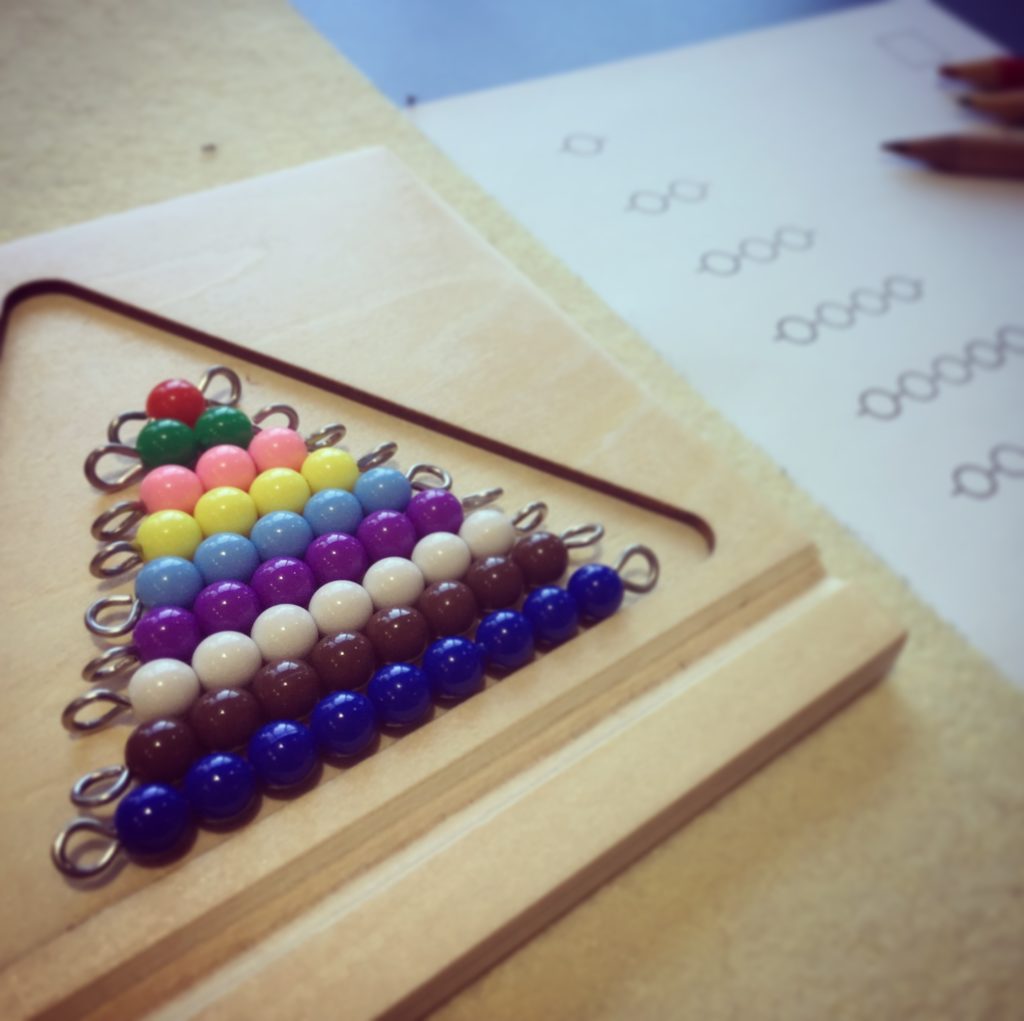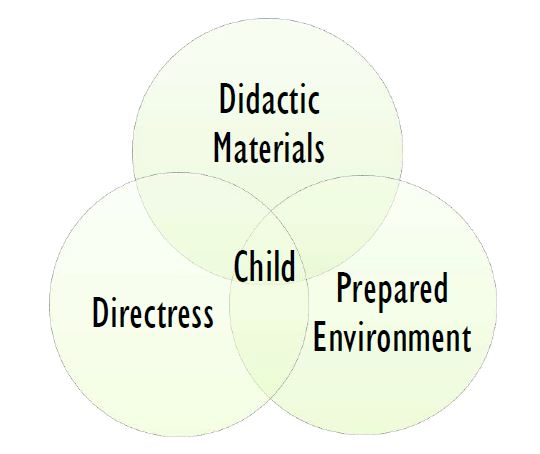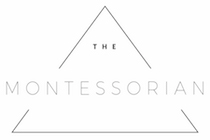I thought I’d use a different approach for this blog post and write something a bit more laid-back by giving you a quick summary of the main points of Montessori education.

Basic facts of the Montessori approach
- Maria Montessori – The Montessori approach is an educational method originally designed by Maria Montessori, the first female surgeon in Italy. You can read more about Maria Montessori and the beginnings of her educational method in my earlier blog posts (Maria Montessori, Influences on Montessori 1, Influences on Montessori 2);
- Child-centred & individuality – Montessori education is centred around the child’s interests and individual development, and the child’s natural developmental progression. Children are able to learn at their own pace and are recognised as individuals that learn differently to their peers;
- Specialist materials & children’s development – It is based on the developmental stages all children go through, and the didactic materials are designed to meet the needs of the children as they progress through each stage. The materials also have in-built controls of error that allow the child to self-correct and learn to look critically at their own work. This encourages self-assessment and how to learn from their errors;
- Coordination, concentration, & order – The design of the materials, daily routines, classroom order, and classroom preparation/ setup support the child’s developing ‘self-regulation’;
- Prepared environment – The Montessori environment is designed and prepared to meet the needs of the children academically, socially, and emotionally. Children have a natural passion for learning that the prepared environment provides for and encourages by meeting the children’s needs and providing opportunities for spontaneous engagement;
- Independence & freedom – It has a focus on encouraging children’s independence through the concept of freedom within limits. That is, that the children are provided with opportunities to choose for herself/ himself through a prepared environment and the didactic materials;
- Community – Montessori classrooms are generally multi-age (typically spanning 3 years) which imitates a family structure. This encourages the older students to be role models and mentors to the younger children, and younger children have greater support with the combined wisdom of the directress and their peers;
- Preparation for life – Montessori education aims to prepare the child for life, and for becoming a contributing member of society. They are not only prepared academically but socially and with the skills for everyday living that are part of the practical life curriculum.
The role of the teacher in the Montessori classroom
Montessori viewed the teacher as a directress or facilitator of learning. The Montessori teacher provides an environment that is prepared to meet the needs and interests of the children. They observe the children regularly to assess their progression, development, and interests, and use these observations to inform how to guide the children through their next learning steps.
The relationship between educator, classroom, and the materials
There are really two ‘teachers’ in a Montessori classroom – the directress and the prepared environment. These two teachers work together with the didactic materials to guide and teach the child through their educational journey. Each one is connected to the other, and supports each other.

Fun fact: This concept was one of the inspirations for the logo of The Montessorian. The three points of the triangle represent the three teachers in the Montessori classroom. The short bead stair was also an inspiration for The Montessorian logo.
If you want to read about Maria Montessori and her educational methods, please read my previous blog posts! Or if you want to ask something directly, email me at admin@themontessorian.com.au.
